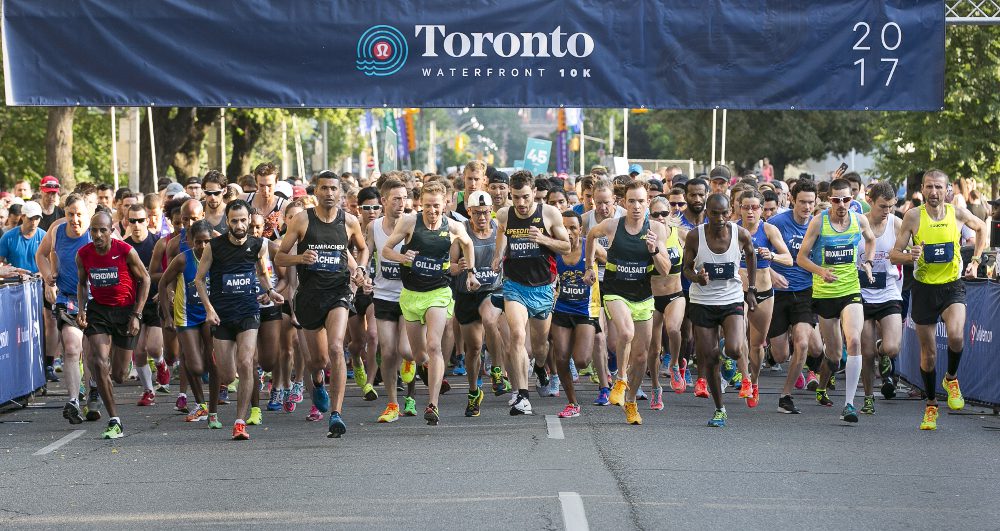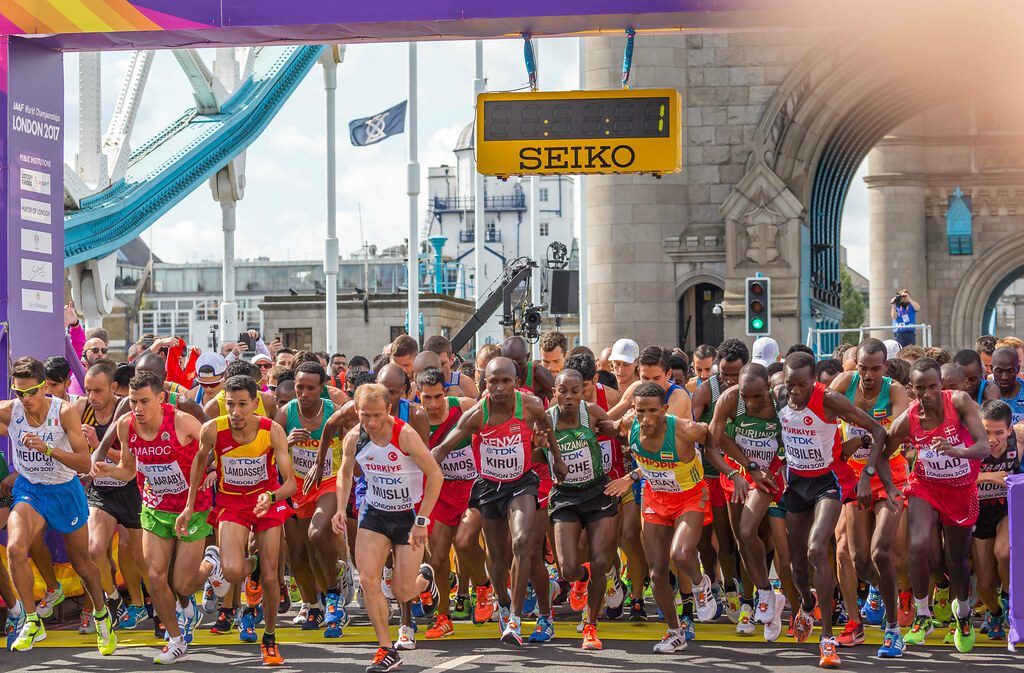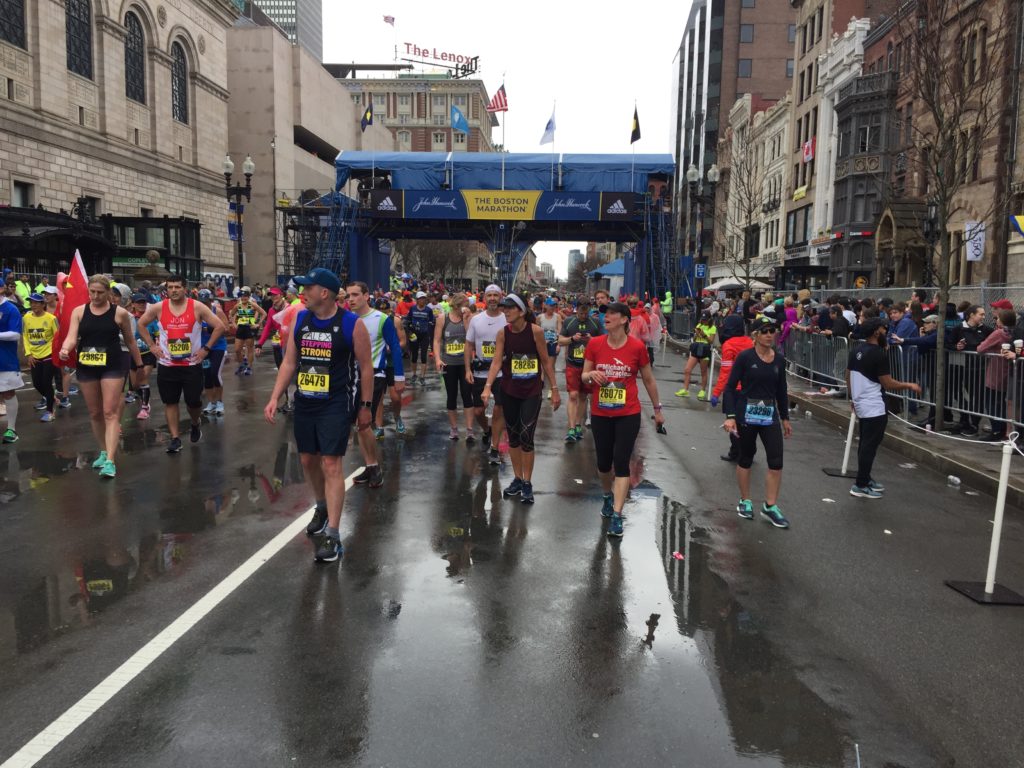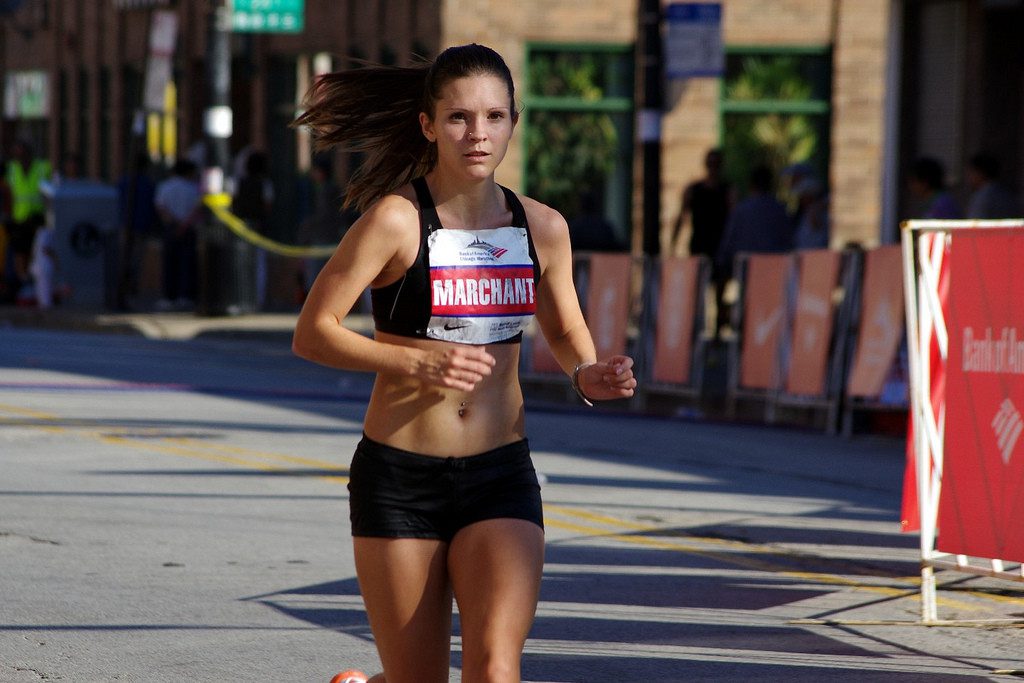Men DNF more than women (the numbers don’t lie)
Most people who start, finish; but men are more likely not to finish

This weekend in Tokyo we witnessed less than ideal marathon conditions, as temperatures reached 35 C with 80 per cent humidity for both the women’s and men’s races. 106 men and 98 women toed the line in Sapporo in the hope of attaining Olympic glory, but an astonishing number didn’t even reach the finish line.
The men’s race saw 30 athletes DNF, including three of the race favourites from Ethiopia (2020 London Marathon champion Shura Kitata, 2019 world champion Leslisa Desisa and Sisay Lemma). That’s 28 per cent of the starters. The women’s race saw 15 DNFs, only 15 per cent of those who started. It is worth noting that all DNF’s were not directly heat related as athletes battled injuries and the gruelling marathon distance. The Olympic marathon in Sapporo had the highest DNF number among athletes since the 1912 Olympics in Stockholm, where only half the field finished the race on a warm summer day.

The only recent comparable statistic at the elite international level is what unfolded during the marathon at the 2019 world championships in Doha, Qatar. Championship organizers had to start the race at 4 a.m. to avoid the worst of the heat, but it was still 30 C, with 90 per cent humidity during the race. Canada’s Lyndsay Tessier, who finished inside the top 10, said it was difficult mentally to get your body to run 15 to 20 seconds per kilometre slower than you planned for. This race saw 18 of the 73 men and 28 of the 68 women unable to finish the race.
RELATED: How hot was it in Doha, really? One expert’s take
Looking at the statistics of recreational runners at the Toronto Waterfront Marathon and the Boston Marathon between 2017 and 2019, both races seemed to average at least a 95 per cent completion rate between genders. But there are some outliers within this data, as 55 to 60 per cent of the entrants on the start line were male, meaning there is a higher chance for more men to DNF than women in these two data sets.

The average of finishers between these two races over the three years is 96 per cent for men, with four per cent not finishing. Women see a slightly higher rate of completion at 97 per cent, while only three per cent of women do not finish. Although the numbers are marginal between men and women, and our data sets are small; women finish more marathons than their counterparts by one per cent.
Looking at larger races such as London, Berlin and New York Marathons, the numbers correlate to our findings in Boston and Toronto: in 2019, the New York Marathon set an all-time high in finishing percentage, with 99 per cent of 54,217 entrants finishing the race. But among that one per cent, 60 per cent of the DNFs were men and 40 per cent were women. Berlin and London numbers in 2019 correlated with what we found in Boston between 2017 and 2019 – a dropout rate of three to five per cent among runners, with 96 per cent of men and 98 per cent of women finishing.

RELATED: Women are better pacers than men, study finds
To conclude, the data speaks for itself: men DNF at a higher rate than women. Although the DNF percentages are very low amongst marathoners, segmenting the data in a future study based on elites, distance, race type or climate could give runners more of an accurate picture.


